Here in Florida, fall doesn’t bring crunchy leaves or sweater weather, but we finally get a little less humidity and that small change feels refreshing.
For many caregivers, though, “fall” means something else entirely. Falls are one of the most stressful safety concerns in dementia care, and even one close call can leave you feeling anxious every time your person stands up.
Last week, in Part 1 of the Don’t Fall This Fall series, we talked about why people with dementia are more likely to fall.
This week, we are focusing on how to make home safer- step by step, room by room.
As a physical therapist and dementia practitioner, I’ve helped hundreds of families create safer living spaces that still feel like home. The goal is never to turn your house into a hospital, it’s to remove unnecessary hazards and make everyday movement easier, calmer, and more confident.
How Dementia Changes the Way We Move Through Home
Dementia doesn’t only affect memory or mood. It changes how the brain processes vision, balance, and movement. That means the environment matters more than ever.
Inconsistent lighting, clutter, or unstable furniture can overwhelm the brain’s ability to map space accurately.
Small modifications, often inexpensive ones, can reduce fall risk dramatically and ease your own stress as a caregiver.
So let’s walk through the home together, one space at a time.
Bathroom Safety
The bathroom is the number-one location for falls. Wet floors, shiny surfaces, and tight spaces create perfect conditions for slips. Quick movements and urgency add even more risk.
Bathroom Safety Checklist
• Keep a non-slip mat both inside and outside the shower or tub.
• Install grab bars near the toilet and shower. Bolt them into studs, not just suction cups.
• Use a raised toilet seat with arms to reduce strain and wobbling.
• Keep bright, glare-free lighting over the sink and shower area.
• Store towels and toiletries within easy reach to limit bending or twisting.
Bedroom Safety
The bedroom should feel calm and predictable; a place to rest safely. But tripping hazards often hide here in cords, clutter, or uneven bedding.
One often-overlooked risk is poor color contrast.
When everything in a room looks similar- bedspread, flooring, curtains- the brain has trouble distinguishing edges and depth. This visual blending can make it difficult for a person with dementia to see where the bed or floor begins.
As a physical therapist, I once worked with a gentleman in a long-term care facility who kept falling beside his bed. Staff couldn’t figure out why. When I looked closely at his room, everything, from the maroon bedspread to the floor mat and curtains, was the same dark shade. The drapes were kept closed, leaving little natural light. He simply couldn’t see the edge of the bed.
We switched out the bedspread for a lighter color, opened the drapes during the day, and added a soft nightlight. The falls stopped completely.
That experience has stuck with me. It’s a powerful reminder that a visually coordinated room isn’t always a safe one. In dementia care, contrast is clarity.
Bedroom Safety Checklist
• Keep a clear path from the bed to the bathroom with nothing on the floor.
• Adjust bed height so feet rest flat on the ground when sitting.
• Use sturdy, non-rolling bedside tables that won’t tip if leaned on.
• Choose bedding and rugs with good color contrast from the floor.
• Install soft motion-sensor lighting under the bed for nighttime trips.
• Remove throw rugs or secure them with non-slip backing.
Living Room and Common Areas
Living rooms are for connection, but furniture layout can easily work against safe movement. Dementia often causes visual-spatial confusion, so crowded or uneven paths become obstacles.
Living Room Safety Checklist
• Arrange furniture so there’s a wide, straight path for walking.
• Choose sturdy chairs with armrests and firm seats for easier transfers.
• Replace low coffee tables or footstools that blend into flooring.
• Coil or tape down cords and cables.
• Use low-profile rug grippers to keep area rugs flat.
Kitchen Safety
The kitchen brings unique challenges: multitasking, hot surfaces, and often slick flooring. People with dementia may lose track of sequence (“What was I doing?”) or react slowly to hazards.
Kitchen Safety Checklist
• Keep frequently used items on the countertop or within easy reach.
• Avoid step stools; store heavier objects at waist height.
• Use non-slip floor runners along main prep areas.
• Choose sturdy chairs with backs for seated meal prep.
• Install good task lighting to reduce glare and shadows.
Entryways and Outdoor Spaces
Even small transitions like the step into a doorway can cause misjudged movements. Outdoor areas also bring changing light and uneven surfaces that confuse depth perception.
Entryway Safety Checklist
• Add bright lighting at each entry point, ideally motion-activated.
• Mark step edges with brightly colored tape for visibility.
• Use a small threshold ramp for uneven doorframes.
• Keep walkways swept, dry, and clutter-free.
• Check railings for wobble and secure them firmly.
The Power of Predictability
Once each space feels safer, build predictable routines.
Encourage your person to follow the same walking paths, use the same chair, and keep personal items in consistent locations.
Dementia thrives on familiarity- predictable surroundings help the brain feel oriented, which lowers anxiety and reduces impulsive movements.
As a PT, I tell families this all the time: you can’t remove every risk, but you can make safety the default.
When your person doesn’t have to think hard about where to step, balance and confidence improve automatically.
Affirmation for the Caregiver
You don’t need to change everything overnight.
Safety grows in small steps, just like confidence.
Every improvement you make is a quiet act of love.❤️
When to Ask for Professional Help
If you notice new hesitation, reaching for walls, or changes in how your person gets up from a chair, it may be time for a physical therapy assessment.
A PT can evaluate gait, balance, and transfer techniques, then recommend personalized strengthening exercises or assistive devices.
Sometimes, one short session is enough to learn safe movement cues or adjust walker height correctly. If in-person therapy isn’t available, virtual consultations or home safety assessments, like the service I offer, can provide professional insight without the travel.
How I Can Help
If you’d like personalized help identifying fall risks in your home, consider booking my Virtual Home Safety Tour.
It’s a 15-minute Zoom walkthrough where we look together at your space, identify hazards, and outline simple, affordable fixes.
Afterward, you’ll receive a written report with tailored recommendations and optional product links chosen for safety and ease of use.
You can request more information or join the waitlist at carlyn@abetterwaydementiacare.com.
Coming Next Week
Part 3 of the Don’t Fall This Fall series: After the Fall- Helping Your Person Regain Confidence and Strength. We’ll talk about rebuilding trust in movement, gentle exercises, and how to help your person feel safe again after a fall.
Notes
- Centers for Disease Control and Prevention. Falls and Older Adults. https://www.cdc.gov/falls/index.html
- National Institute on Aging. Preventing Falls at Home. https://www.nia.nih.gov/health/falls-and-falls-prevention/preventing-falls-home-room-room
- Mayo Clinic Staff. Fall prevention: Simple tips to prevent falls. https://www.mayoclinic.org/healthy-lifestyle/healthy-aging/in-depth/fall-prevention/art-20047358
- American Geriatrics Society, Health in Aging Foundation. Falls prevention tips for older adults. https://www.healthinaging.org/a-z-topic/fall-prevention
Affiliate Disclosure
A Better Way - Dementia Care Solutions, LLC participates in the Amazon Associates Program, which means we earn a small commission when you buy through links on our site, at no extra cost to you. We only recommend products that we believe can help caregivers on their journey.
Disclaimer
The information provided in this blog is for educational purposes only and should not be considered medical advice. Always consult with a doctor or a licensed physical therapist before starting any new exercise routine, using assistive devices, or following the recommendations mentioned. Every individual’s needs are different, and professional guidance is essential to ensure safety and appropriateness of care.
Want to keep figuring this out together?
Subscribe to Finding Our Way in Dementia Care and get honest stories, helpful tips, and gentle support delivered to your inbox every week. Just real talk, grounded care, and space to breathe.
Subscribe to Finding Our Way in Dementia Care and get honest stories, helpful tips, and gentle support delivered to your inbox every week. Just real talk, grounded care, and space to breathe.
Kind truth. Clear steps. Warm guide.

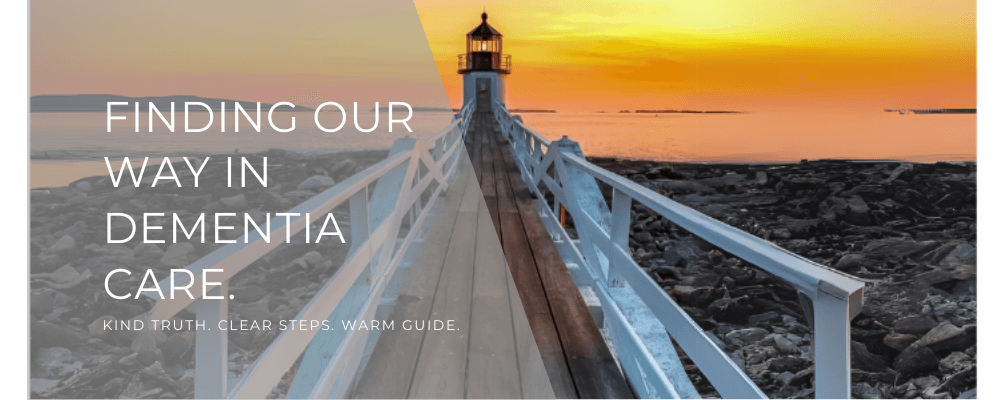
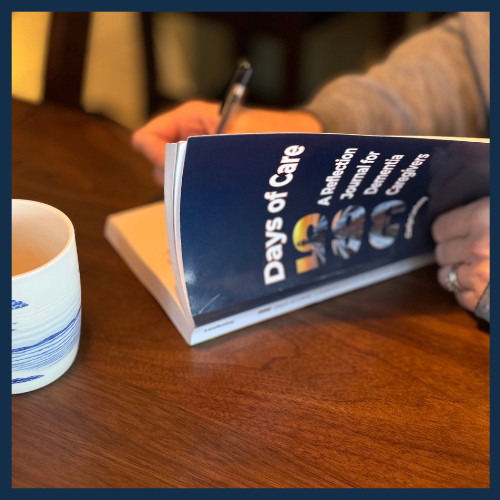


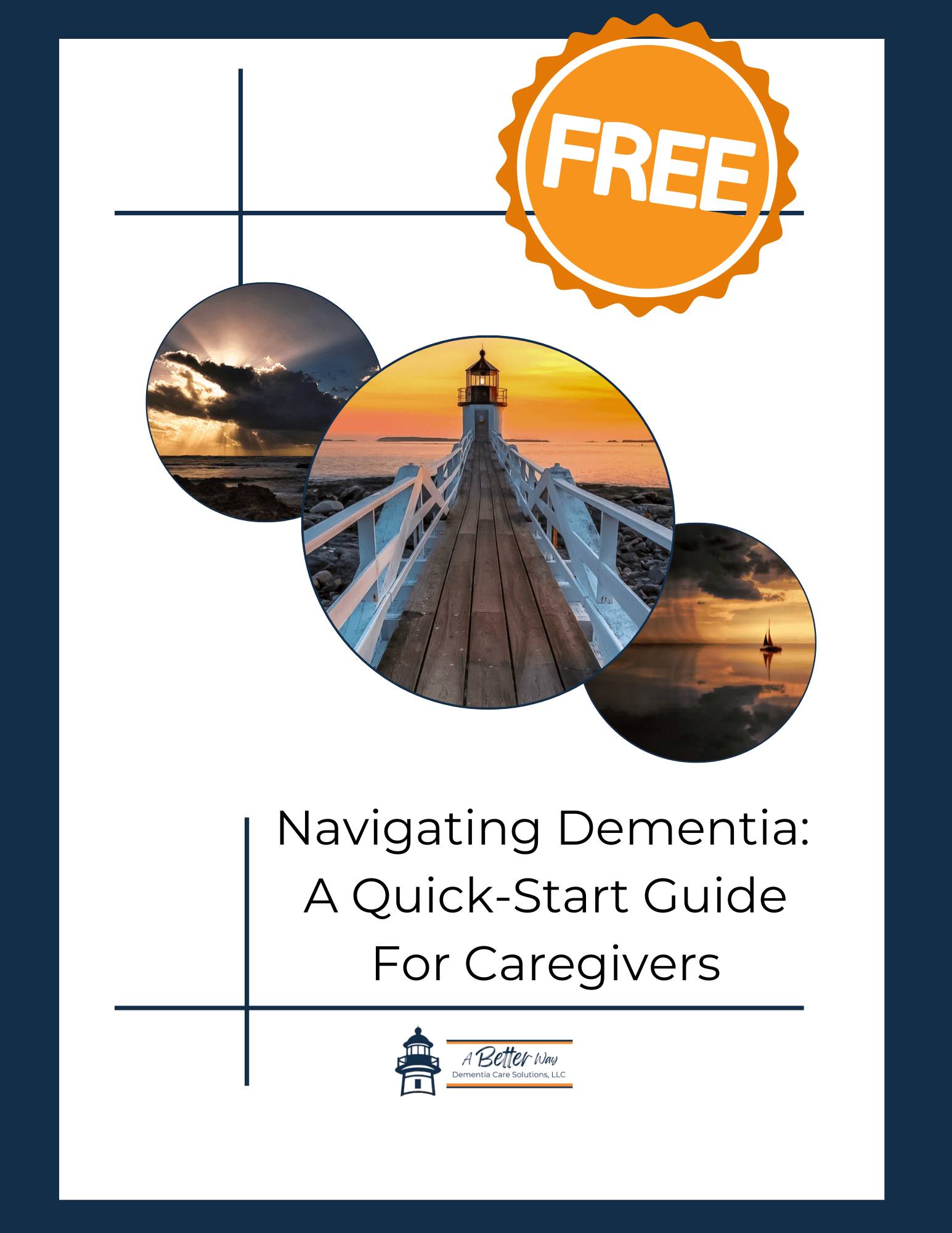





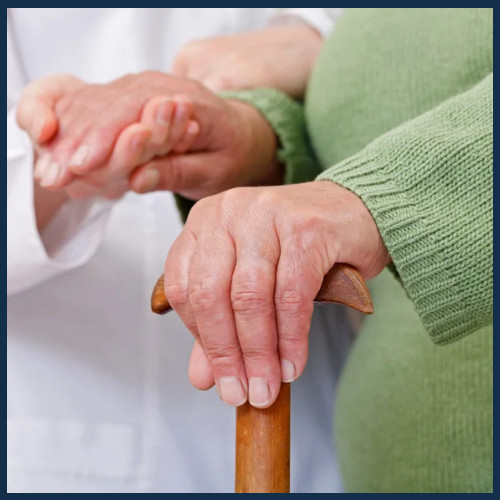
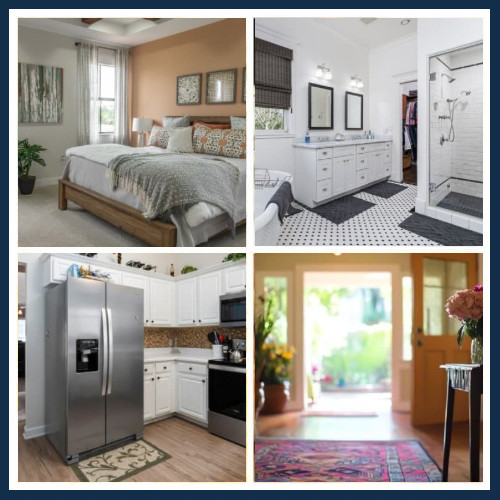
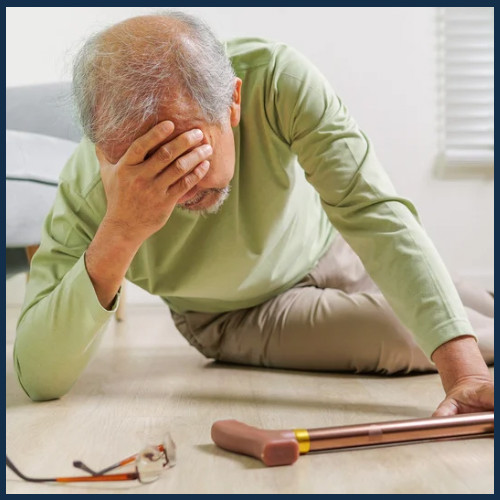
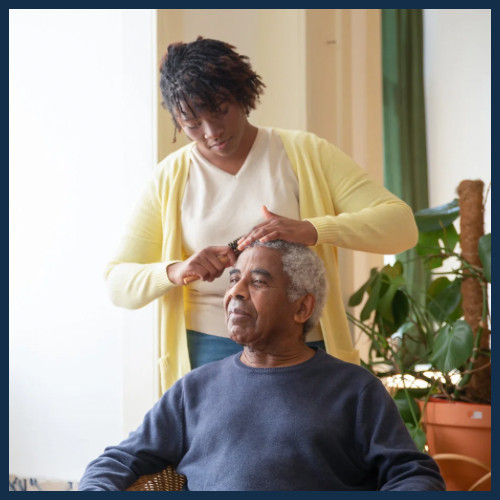

0 Comments